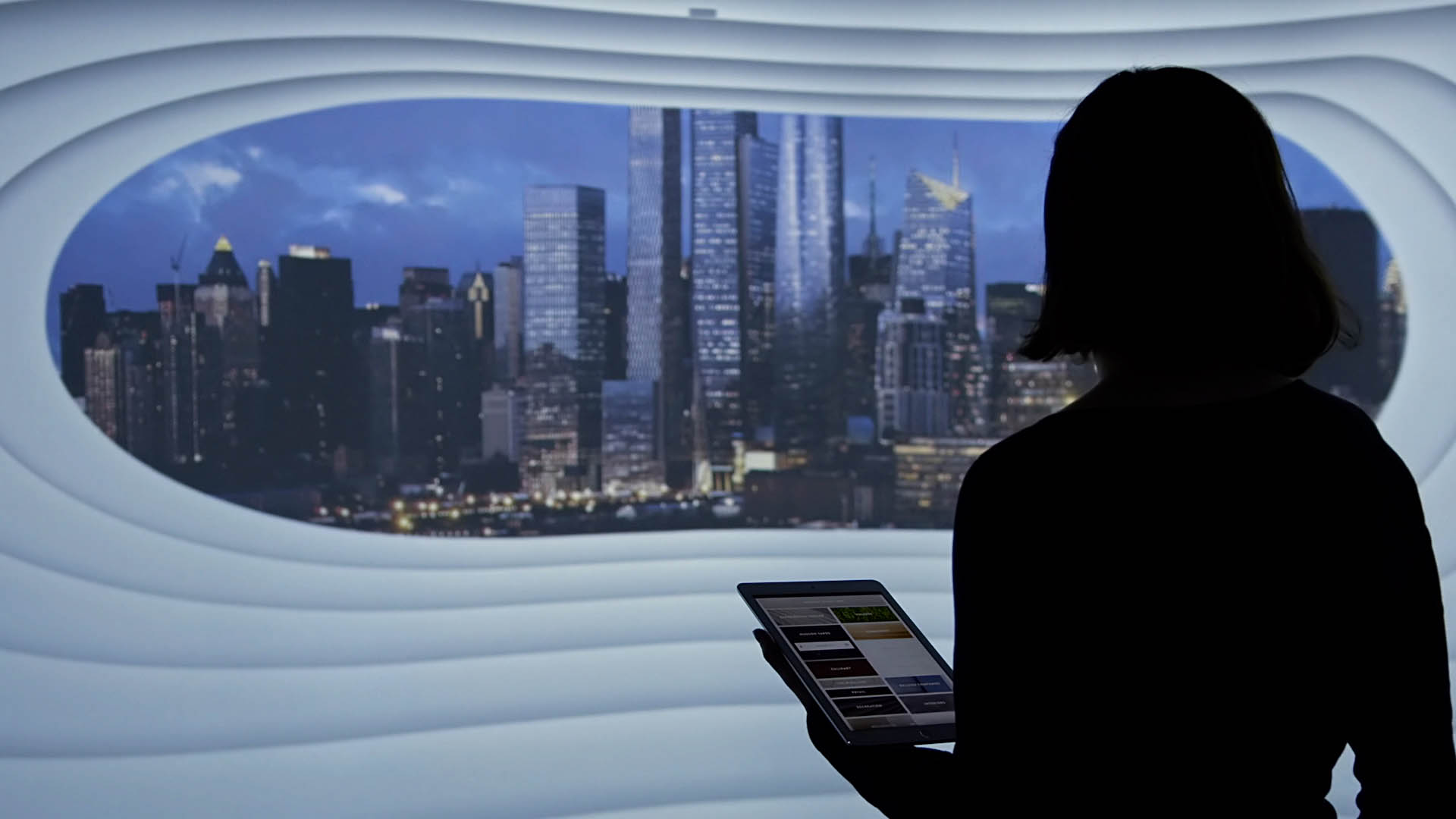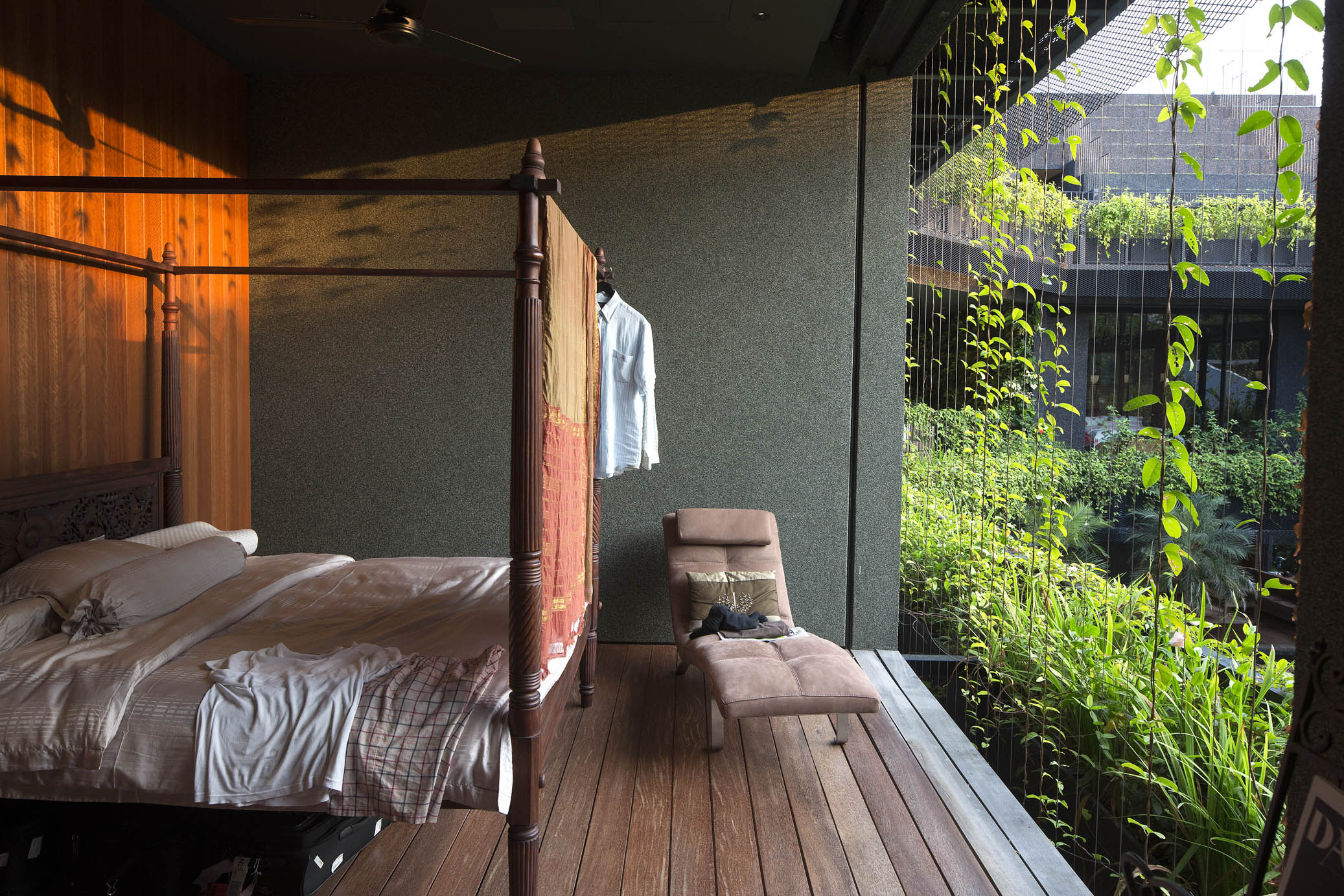Andrei Dolnikov is the Founder & CEO of the award-winning Integrated Content agency BINYAN. He leads a team of 100+ artists, designers, producers and filmmakers who create campaigns, CGI, Animation & Digital Experiences to help market the unbuilt visions of architects and designers.
Historically, the process of deciding how our urban environment would look in the future was a closed-shop process. Architects, town planners and politicians would convene in boardrooms and make complex and difficult-to-understand decisions which the general public would then live with — happily or not.
The emerging field of “future visioning” has gone a long way to democratizing this process, giving all stakeholders an earlier insight and voice in the process of shaping the future of our cities. Who are these visioneers of the future? While the architect naturally still plays an important role in the conversation, they are now joined by visualizers, place makers, branding agencies, strategists, filmmakers, futurists, technologists, marketers, experience designers and the property developers themselves in shaping this important discourse.
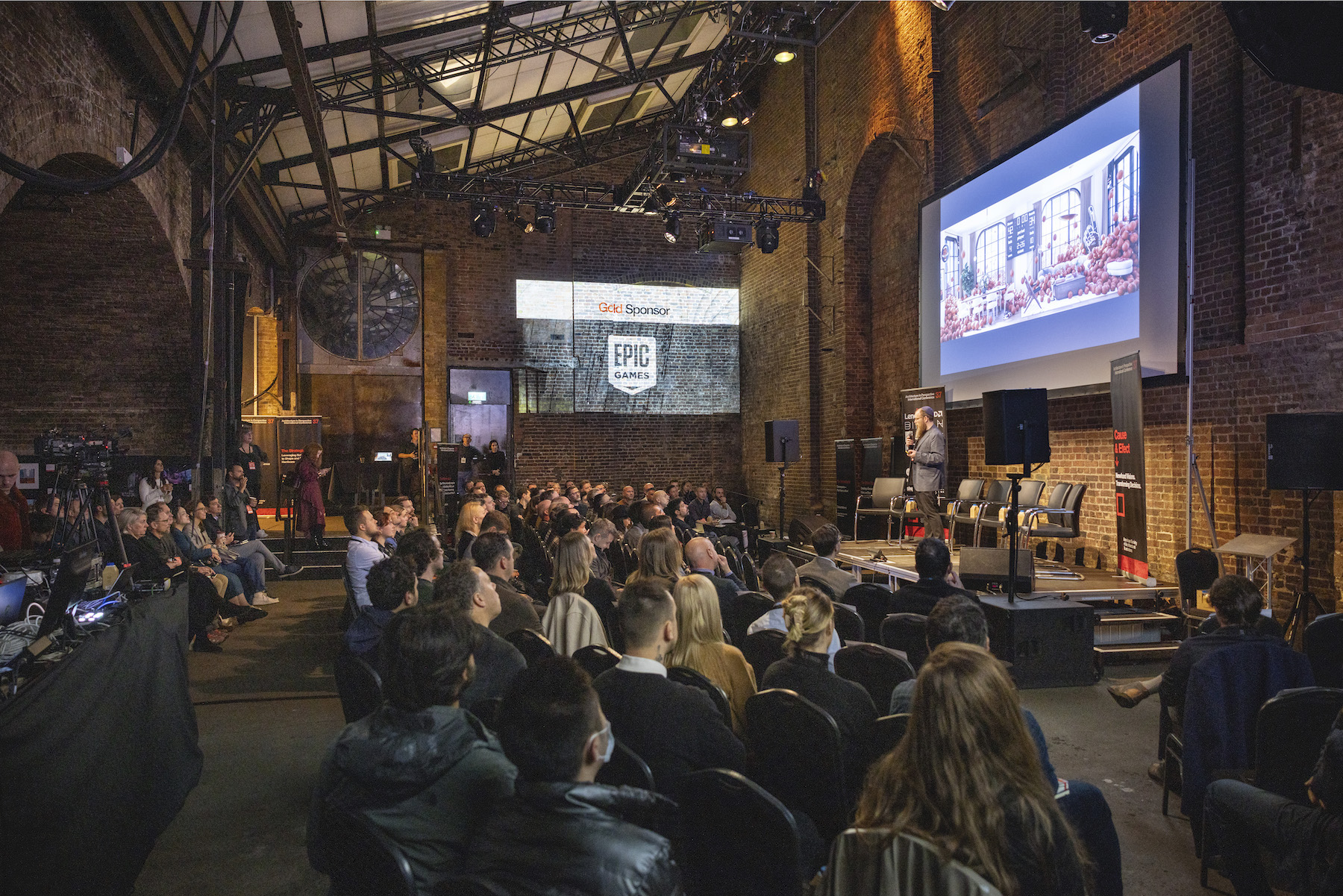
Cause & Effect Conference In London
In November 2022, this new global community converged on the iconic Village Underground Venue in Shoreditch, London, to share visions and ideas and to encourage dialogue and collaboration in a never-before-seen cross-functional event. Themed Cause & Effect, the event was staged by the American Society of Architectural Illustrators (ASAI) and myself, their 2022 President, Andrei Dolnikov.
My goal was to showcase to the community, key stakeholders and participants the incredible potential creative collaboration possible in our emerging industry. The concept of Cause & Effect is a provocation suggesting that how we visualize and communicate how our cities will look can improve the decisions we make about shaping those futures (cause) and ultimately lead to more livable, beautiful and sustainable outcomes (effect).
The process of explaining to the public how a proposed project or precinct may look and function was previously as straightforward as creating architectural renderings or CGIs and putting them in a brochure and website. Today’s diverse content is able to take the end-user on a journey where they are participants by connecting to their needs and aspirations.
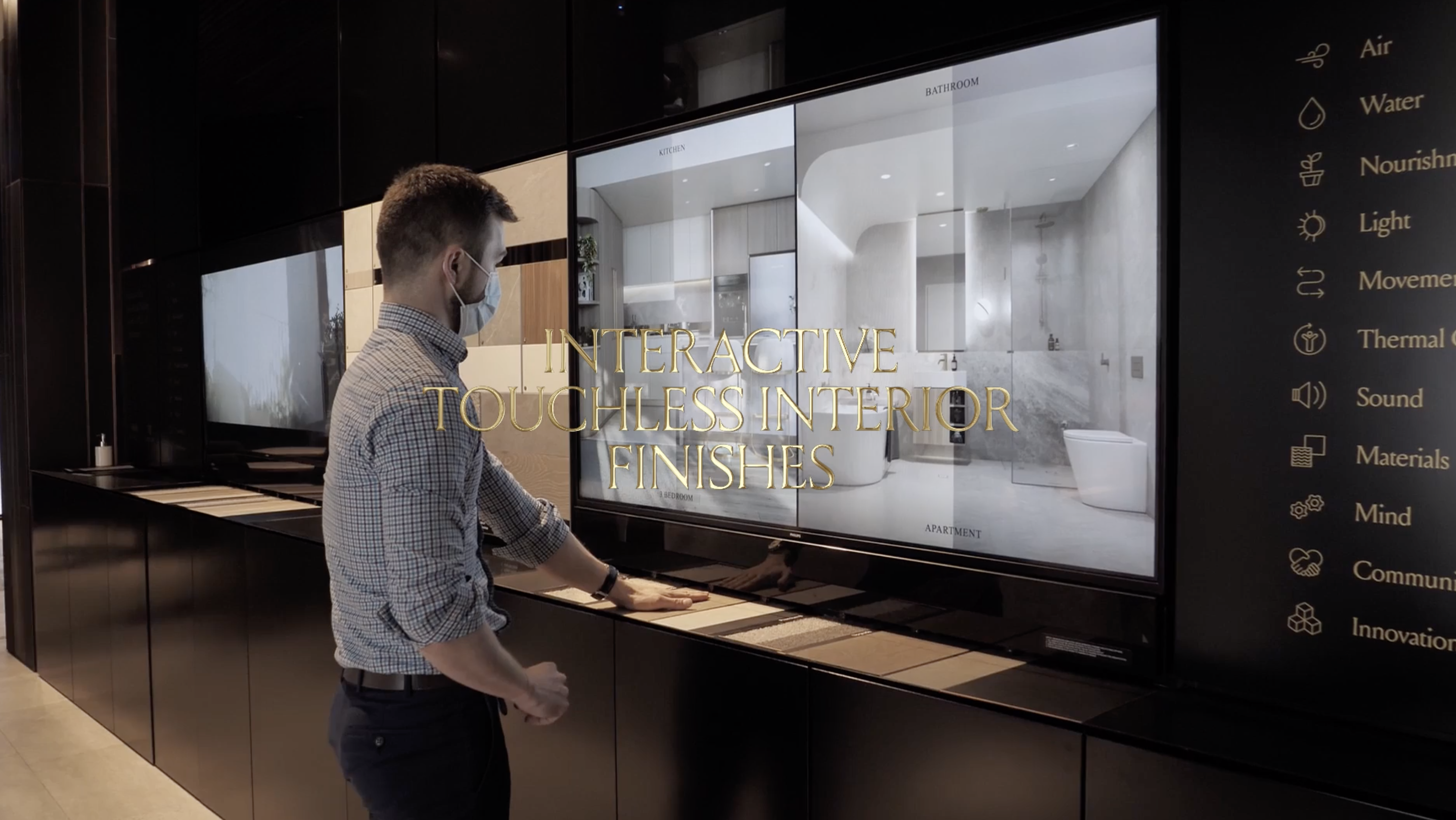
BINYAN-designed Finishes Configurator for Green Square in Sydney
Such journeys can take the form of immersive VR tools and animation, like those created by agencies such as Squint Opera or Binyan, or films crafted by filmmakers like Wonderhatch. These user-driven experiences put the potential buyer at the center of the action and allow them to test drive the product before it is every built. This type of engagement can take the form of customization, as seen in Sydney’s Green Square, which features a finishes configurator that allows the end user to select the variation of apartment they wish to purchase.
Digital experience designers, such as New York’s Hush, design in-real-life experiences for global brands such as Uber and Instagram that focus on a sense of connection to the brand and its mission. At Cause & Effect, Hush’s David Schwarz spoke to how inspiration and art can impact the wellbeing of a company’s employees while also improving the performance of the business.
The technology powering many of these creative and experiential solutions comes from firms such as AMD, Epic Games, Nvidia and Chaos Group. Similarly, Nvidia’s Cobus Bothma spoke together with Jan Bunge from Squint Opera of the advancements in online design collaboration which has enabled real time collaboration hitherto unthinkable in architecture and visualization.
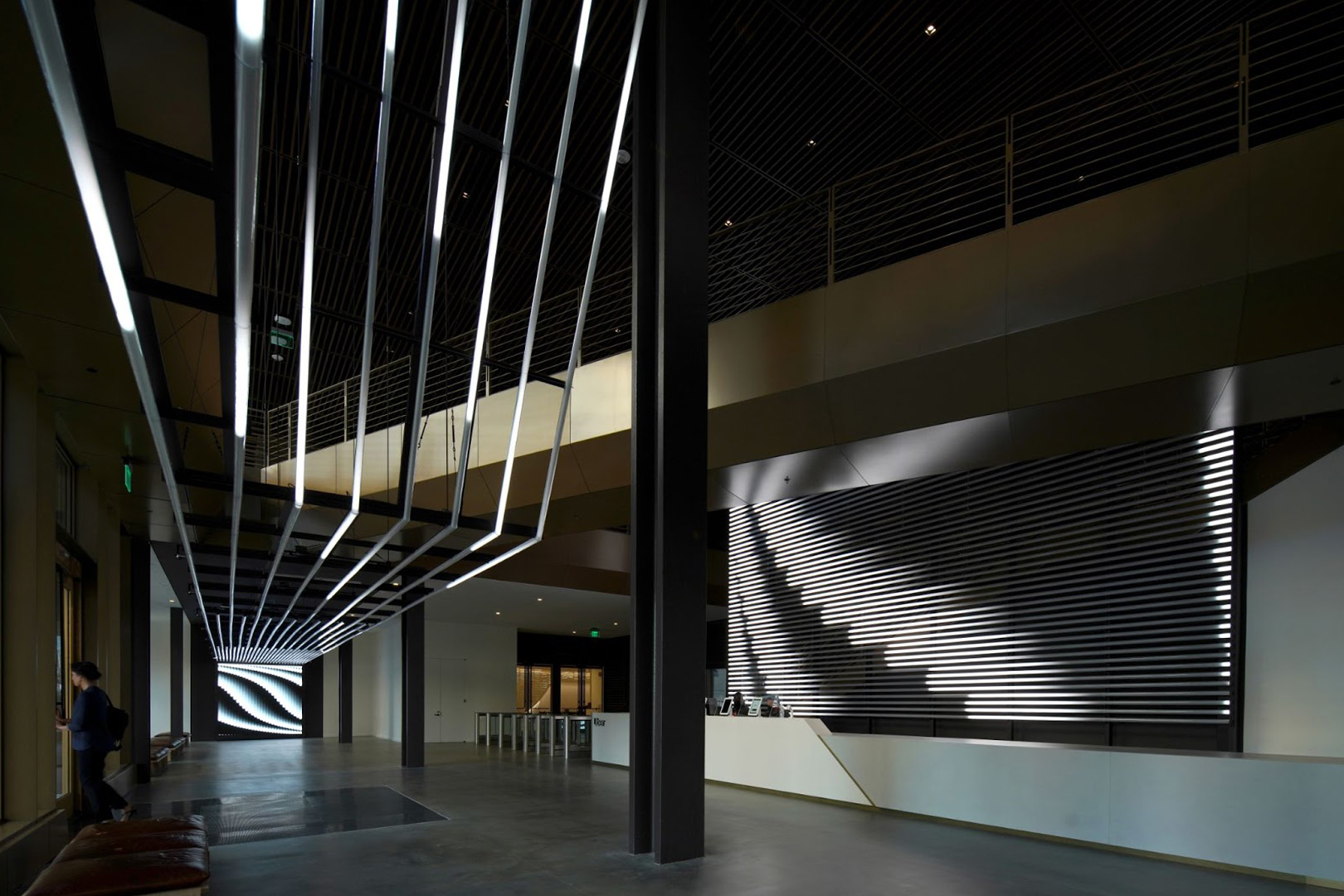
Hush-designed installation for Uber
While technology is opening up new content creation opportunities for how our future is visioned, it is the strategy and integration of this content that makes the difference between a tech-for-tech’s-sake solution and one that is meaningful and engenders a sense of belonging. In order to create this holistic strategy, a deep collaboration is needed between the various stakeholders who, at times, work in unrecognized silos without much awareness of the value they can add to one another’s work and outcomes.
This increased need for deeper and earlier collaboration was a major theme that emerged from the Cause & Effect event and is supported by organizations such as New London Architecture’s (NLA) Peter Murray OBE.
Developers such as Vancouver’s Bosa Properties, UK’s Ballymore or Dubai’s Ellington Property, are envisioning their new projects as places, collaborating from inception with placemakers, such as Frost Collective (Sydney, Australia); branding agencies such as London’s DNco or Dubai’s Brash; and futurists like Sergio Brodsky to create overarching place narratives and purpose which consider and adapt to the needs — spoken and aspirational — of the end users, the people who will ultimately live in the places we create.
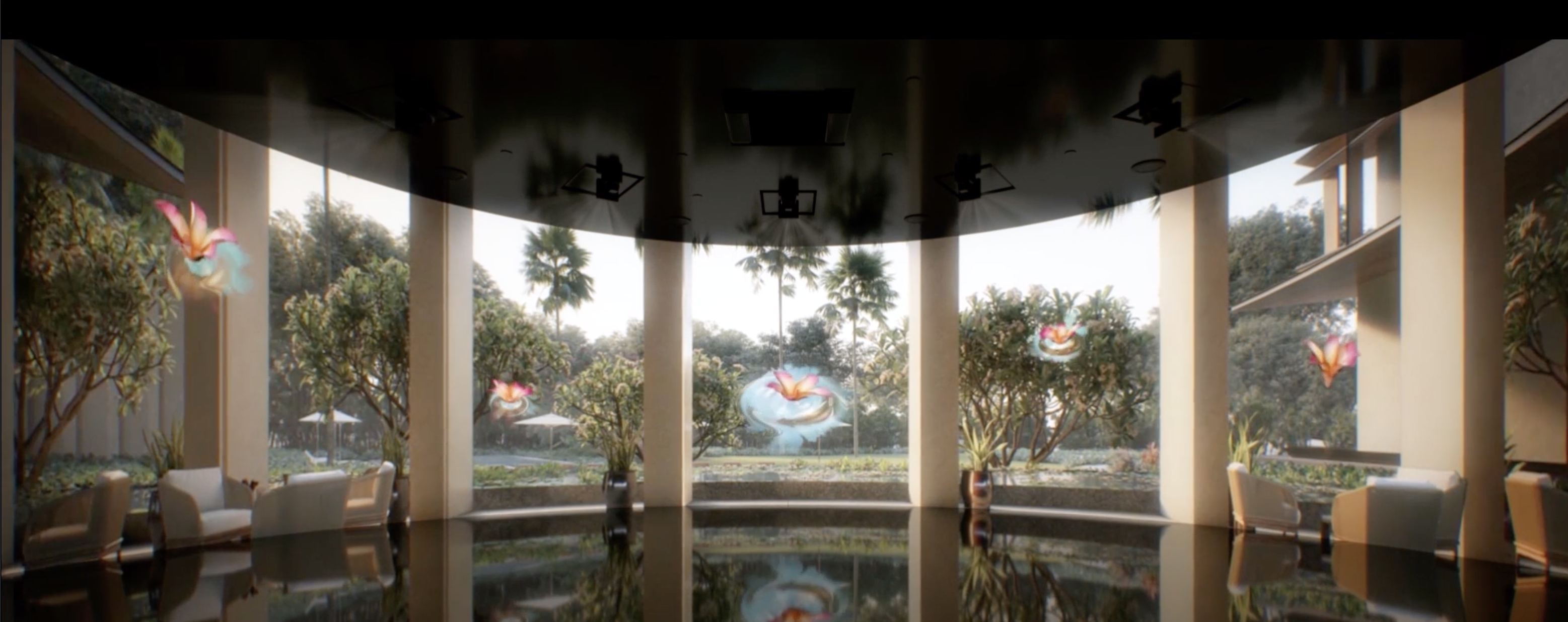
BINYAN’s 270 degree Immersion room for Savyavasa Jakarta
A strategy to communicate these place narratives needs to encompass all points of the potential buyer or stakeholder journey. These narratives are story-boarded, conceptualized and created by CGI animators, VR experience creators, interactive designers and filmmakers to include the user in the future creation process, making the process engaging and transparent. One such example is narrative-led CGIs, such as those created by BINYAN for Brooklyn’s Post House development, which makes the most of its proximity to the home court of NBA’s Brooklyn Nets.
A common uniting theme was the emerging role of AI in the future or the design. Panelists such as Foster & Partners’ Martha Tsigkari, Zaha Hadid Architects’ Shajay Bhooshan, Designer Ash Thorp, Theorist Neil Leach and BINYAN London Creative Director Phil Hunter confronted the role of creativity in our near future as AI is rapidly able to create new content and iterate the way until now only the human ‘creative’ could.
While the future is yet to be written the consensus of the panel was that the very nature and definition of creativity will need to be updated, not to focus on creative things that are pretty but on the insight and strategy that sits behind the disciple of design. This global dialogue and sense of community around these topics is building at a fast pace, and events such as this are rapidly emerging to facilitate mutual understanding and collaboration.
Top image: HUSH-designed Zaha Hadid Sales Gallery
Architects: Want to have your project featured? Showcase your work through Architizer and sign up for our inspirational newsletters.
